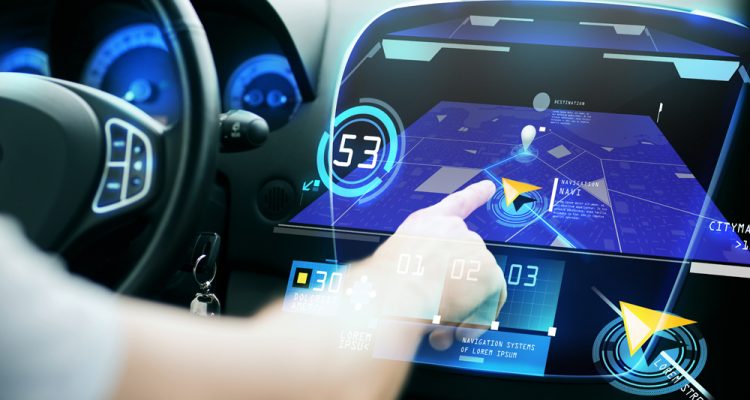The security enhancements offered by the back camera, also known as the rear camera or rear camera, are numerous. Providing drivers with an unobstructed view of the rear of their vehicle, including blind spots, the inverted camera helps prevent property damage, protects small children and pets, and even makes it easier to park in parallel. However, older models do not have a spare camera that records owners to buy and install them. This is a relatively simple process involving the installation of three different system elements. When it comes to using HGV reversing cameras, there are few installation steps involved, in order for you to get the best out of the camera.
Start with each spare camera element
Although the specifics of each camera system vary depending on the manufacturer and the vehicle, each of the three main elements of the camera, camera, transmitter, and display system must be installed individually. In the base system, it is best to install each element individually and find the power source for each end of the system.
Install the camera
The camera is, in some ways, the most accurate of the three main elements that users need to install because it requires holes in the bumper of the car. The most common position of the rear view camera is near the license plate because the driver gives the most direct view of the blind spot behind the vehicle. Alternatively, some systems allow users to mount the camera directly onto the holder of the registration plate. In any case, support keeps the camera in place.
Additionally, the signal cable extends from the rear of the camera, and users must insert it into the trunk before moving on to the next step. The way the cable connects to the trunk depends on the vehicle design and the user’s preference. Sometimes it is possible to cut the cable behind the registration plate light. Other times, users have to pull out an additional access hole to access the trunk. In the latter case, use a safety and protection cable.
Install and power the transmitter
The cable extending from the back of the rear viewfinder to the car trunk is connected to the transmitter, which in advance sends the video signal to the display element. Most transmitters are wireless, although there are wire units that require the user to pass cables through the car to the video display.
In the case of a wireless transmitter, users must supply it, as well as its use, by connecting it to the light bulbs. This works because the emergency light comes only when the vehicle is reversed, which is when the rear view camera also needs to work. Once connected, simply attach the transmitter to the inner part of the luggage compartment for added safety.
Install the display
With the wireless signal, no additional cables are required to run through the vehicle on the display. Instead, users must install the screen and provide power source. In case of rear view, one of the most commonly used options in older vehicle models, the installation is very simple. Traffic Angel has the ideal travel technology you need for your vehicles at http://trafficangel.co.uk/


